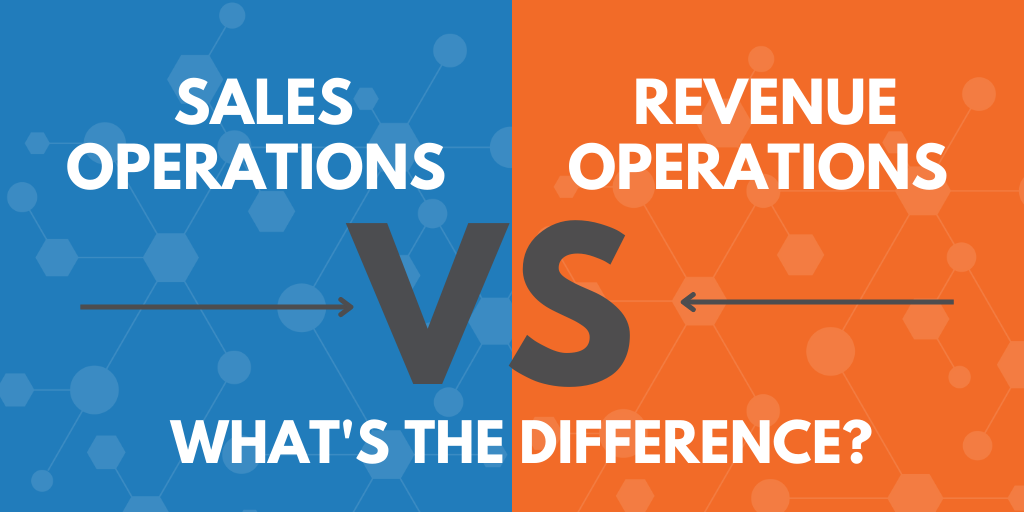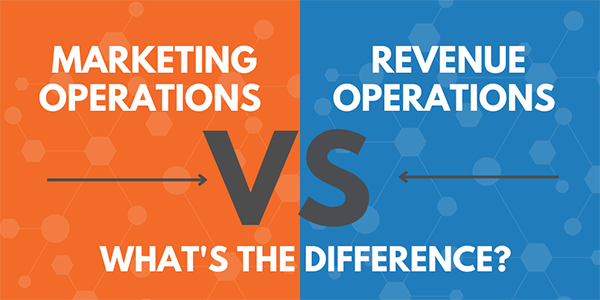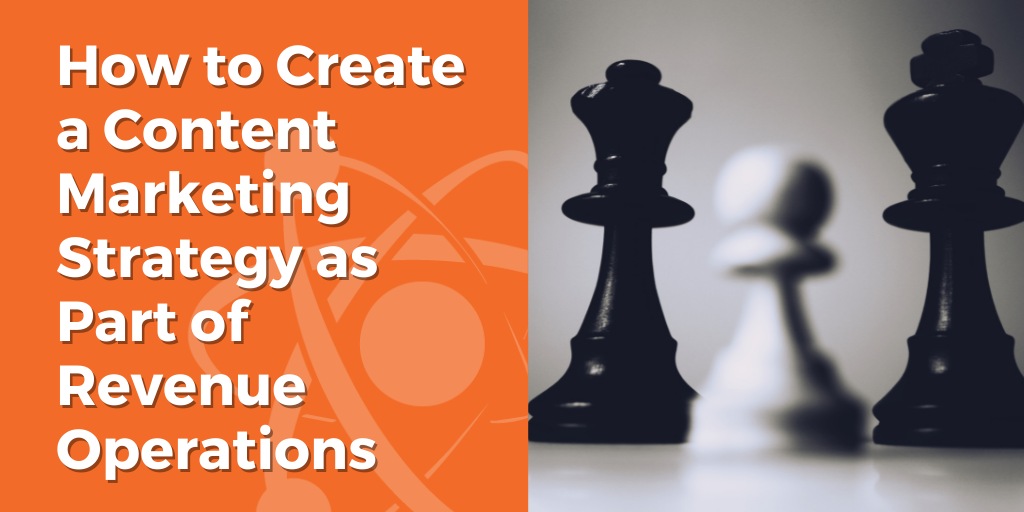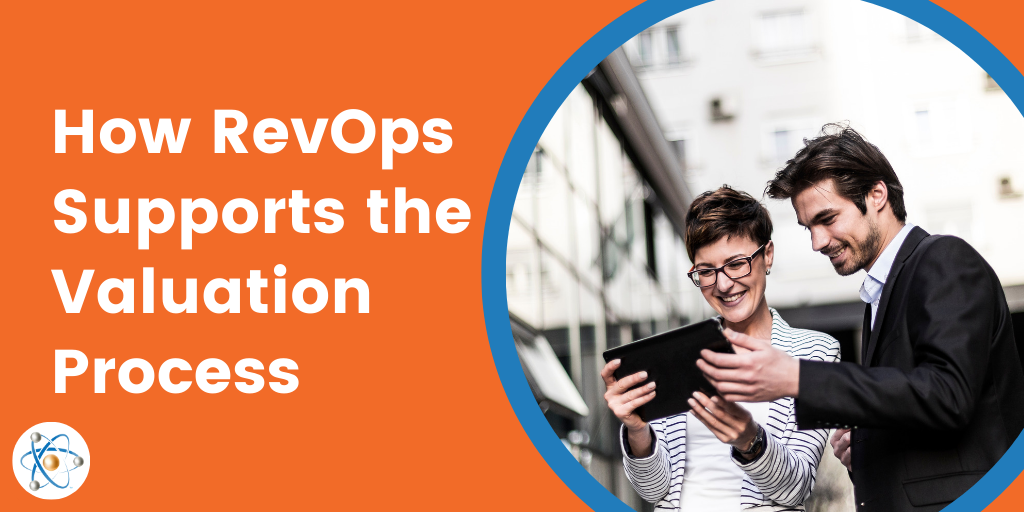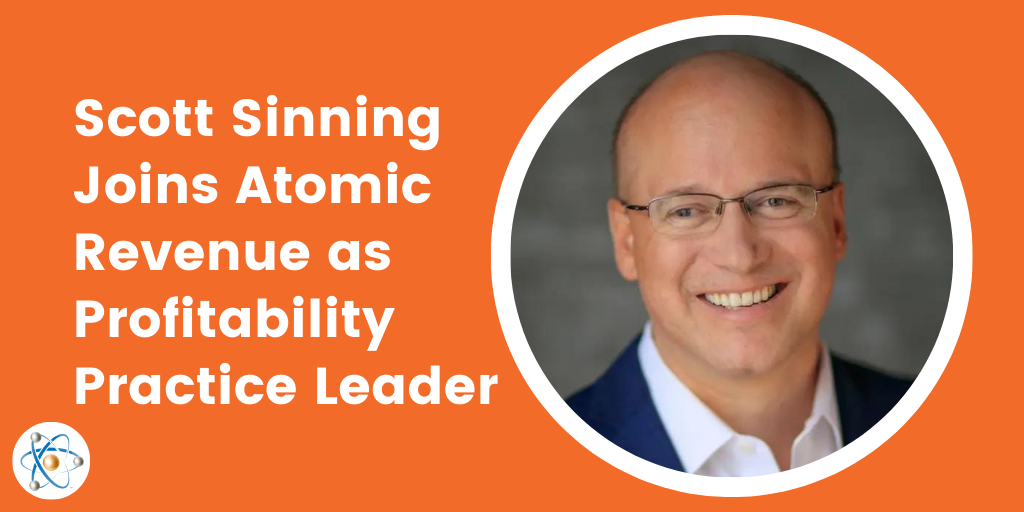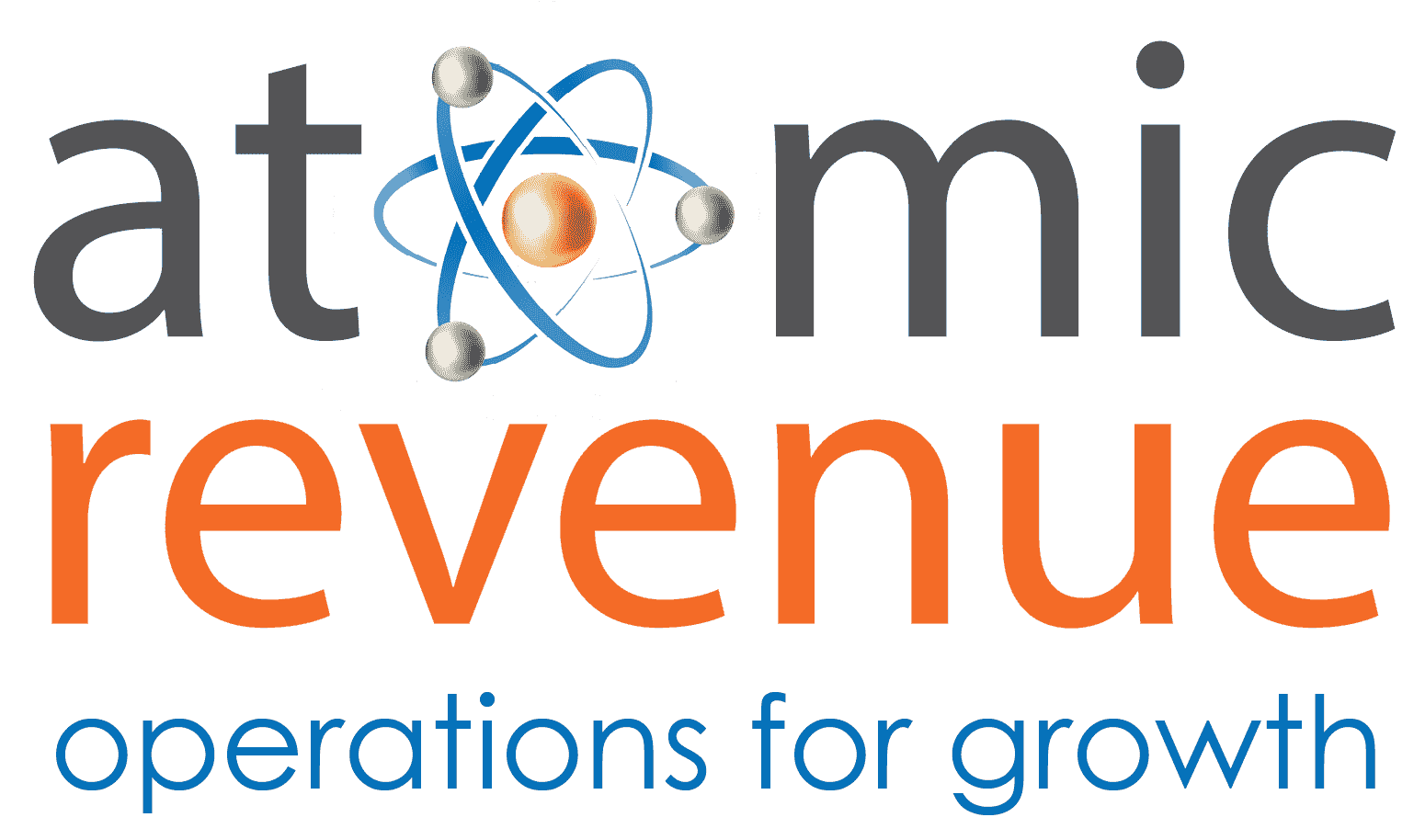Atomic Revenue is a revenue operations company built on the talents of a nationwide team of subject matter experts (SMEs). We believe when companies partner on projects to provide clients with services that go above and beyond to solve their issues and increase revenue, everyone wins. Let’s face it, few companies or individuals can deliver end-to-end revenue production in every area of expertise without help. With our partners, we are the unicorn companies are looking for!
“We grow with our partners by increasing the value we can each deliver for our clients. The bottom line is, we’re better together.” — Scott Sinning, Profitability Practice Leader


.png)

